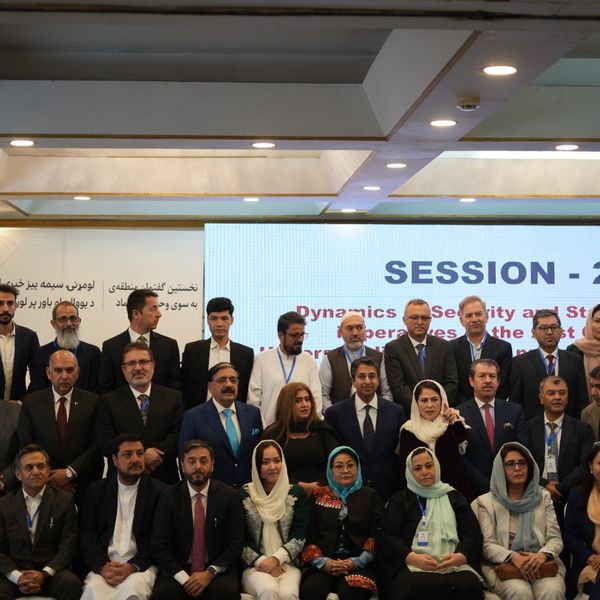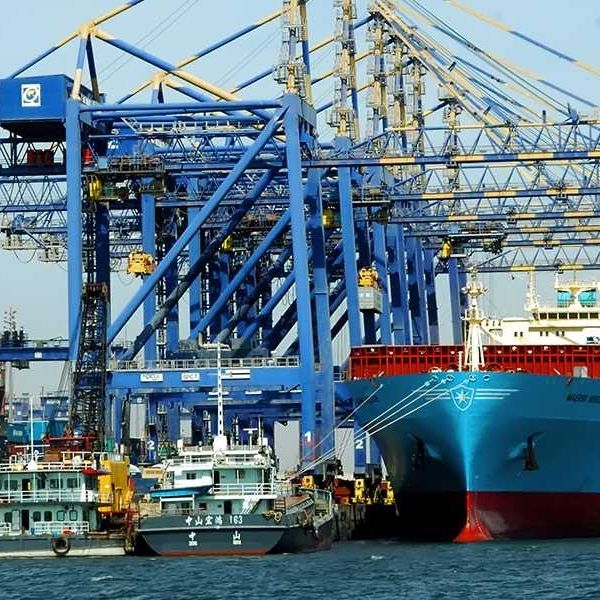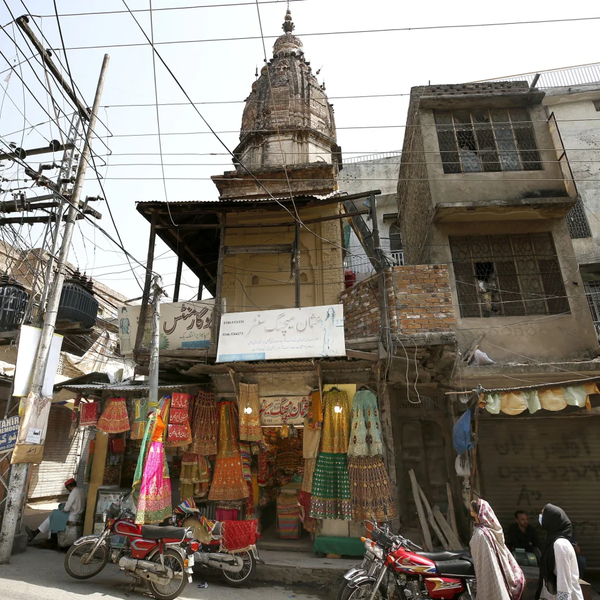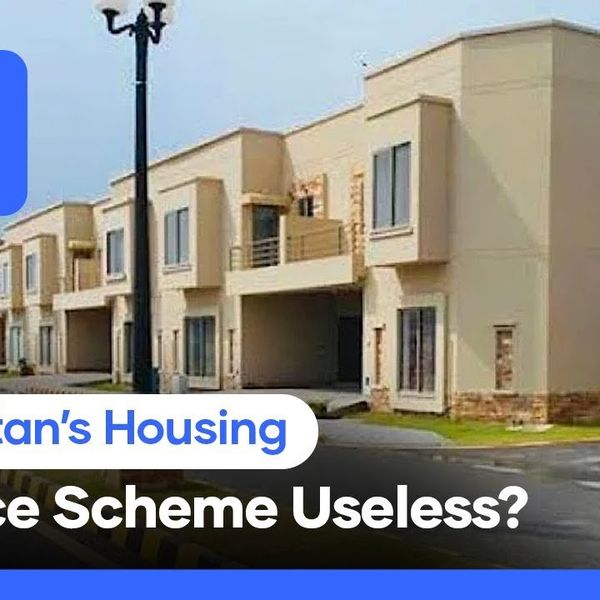Buried report exposes SBCA as hub of corruption, illegal constructions in Karachi
The govt report found no Karachi building in full compliance as bribery fuels illegal construction while legal projects face delays
Akhtiar Khokhar
Special Correspondent
Akhtiar Khokhar is a one of the karachi-based senior journalists. He has been doing investigative reporting for Pakistan's mainstream print and electronic media for the past 33 years, especially highlighting corruption and bad governance in government institutions and development projects.

With SBCA’s unchecked power deepening Karachi’s chaos, experts demand oversight and a citywide urban review before new rules.
Nukta
In the narrow alleys of Karachi’s Lyari neighborhood, families were preparing for breakfast when the ground beneath them gave way. A residential building -- cracked, weakened, long ignored -- collapsed with a thunderous crash. In the hours that followed, as rescuers pulled bodies from the rubble, the death toll climbed steadily. By the time the dust settled, 27 lives had been lost.
As mourning swept through the community, an uncomfortable truth resurfaced: this wasn’t just a tragic accident -- it was a preventable disaster.
A confidential government report, buried for over a year, had detailed the rot inside Karachi’s building oversight system. If acted upon, it might have saved those lives. Instead, it was shelved -- and the corruption it exposed allowed dangerous buildings like the one in Lyari to remain standing, until they didn’t.
Report exposes SBCA’s deep rot
The Sindh government’s Chief Minister's Inspection Team (CMIT) labeled the Sindh Building Control Authority -- the body responsible for regulating construction in Karachi -- a failed and deeply corrupt institution, a year ago!
The report paints Karachi as a city overrun by illegal buildings, with no functional enforcement of building codes.
Prepared at the request of Chief Minister Murad Ali Shah, the report by Shakeel Ahmed Mangnejo and Shahmeer Khan Bhutto (now appointed DG SBCA as of July 7, 2025), found that SBCA deliberately ignores illegal constructions that have become the lifeblood of institutional corruption.
Officials, the report said, could not point to a single building in the city constructed in full compliance with approved plans. Bribery runs through every tier of the institution: illegal buildings rise swiftly with payoff money, while legal work drags on for ordinary citizens.
Illegal constructions thrive under DG's unchecked powers
According to the report, SBCA approves only 20–30% of the 20,000–25,000 buildings constructed annually in Karachi -- and even those are rarely built as per sanctioned plans. Shockingly, 86% of buildings are occupied without any approved completion plan. Of the few plans approved, 13.6% were granted only after penalties were paid for violating original specifications.
The root of the problem, the report argues, lies in the extraordinary powers concentrated in the hands of the SBCA director general. With no governing body to oversee him, the DG can arbitrarily amend regulations -- often enabling high-rise projects to increase floors or reduce open spaces. This unchecked power has cemented SBCA’s role as a facilitator of illegal and dangerous construction.
A broken approval system that rewards bribery
The report highlights that securing approval for a building plan, legally required before construction begins, is intentionally complex. Applicants face delays of up to 457 days — well beyond the legal timeframe of 15-30 days.
As a result, builders resort to bribes and pass on these inflated costs to buyers. Developers estimate that without bribes, project costs would drop by at least 25%, not counting the additional 19% charged for utility services.
Despite its core mandate, SBCA doesn’t even know how many buildings are constructed annually. Between May 2020 and May 2024, it approved only 14,479 plans — far below the estimated construction volume.

Completion plans -- required before any building is occupied -- are practically meaningless under current practices. The report reveals that only 1,975 such plans were approved in the last three years. Yet, none of the 61 buildings inspected by the committee complied with their original plans. Instead, violations were legalized through payment of "composition fees," turning regulatory failure into revenue.
Moreover, over 1,500 applications for completion plans are still pending, showcasing the authority’s dysfunction and its use of red tape to harass citizens.
Inspections and demolitions turned into extortion tools
SBCA’s enforcement tools -- inspections and demolitions -- have become yet another avenue for bribery. From 2021 to 2024, only 7% of 5,313 inspected buildings were issued violation notices. Yet committee fieldwork found that nearly every building in the city violates its approved plan.
Demolitions were ordered for 3,383 structures, of which 1,723 were later "regularized" after collecting PKR 2.43 billion in fines. These operations often serve to pressure builders into larger bribes. In Jamshed Town, for example, demolished buildings were rebuilt in the exact same way, underscoring how enforcement is both ineffective and corrupt.
SBCA blind to dangerous buildings - with deadly results
The report criticizes SBCA for lacking a formal mechanism to track dangerous structures. It relies on a static list of 570 dangerous buildings -- with the majority in District South -- but has failed to evacuate residents or begin demolitions. No meaningful actions were recorded despite the looming threat to life.
Section 7-F of the Sindh Building Control Ordinance, 1979, requires the SBCA to issue notices and take corrective action on buildings deemed dangerous. If ignored, the law empowers the authority to demolish such structures.
Currently, 570 buildings have been officially classified as dangerous: 448 in District South, 66 in Central, 23 in Keamari, 14 in Korangi, 13 in East, 4 in Malir, and 2 in West. Yet the report notes no enforcement of evacuation or demolition orders for these properties, which continue to pose severe risks.
Public safety and hazard mitigation
Though regulations exist for lighting, ventilation, and fire safety under the KB&TP 2002 rules, enforcement is grossly inadequate. The 2019 clause 9-8.7 mandates emergency stairs in high-rises, yet compliance is rare.
Flood and earthquake resilience standards are missing, and there’s no enforcement for fire exits, emergency lighting, or accessibility. While SBCA claims it issues safety notices during monsoon seasons and has drafted improved environmental regulations, these are pending legal amendments and remain unenforced.
Unchecked regulatory changes reshape Karachi without input
From 2019 to 2023, Karachi’s urban regulations were repeatedly amended by SBCA Directors General -- without public consultation or input from agencies like KMC, KDA, KE, SSGC, or planning authorities.
These changes, often favoring real estate interests, include increased Floor Area Ratios (FAR), reduced Compulsory Open Spaces (COS), and allowances for additional floors -- reshaping the city without oversight.
Key amendments that changed Karachi’s urban face
June 13, 2019 – DG Iftikhar Ali Kaimkhani
- Floor Area Ratio (FAR) for amenity plots increased from 1:1.5 to 1:3.5
- Compulsory Open Space (COS) reduced to 15 feet for flat sites
- Up to 30% of commercial and amenity space excluded from FAR calculations
- Bungalows allowed an additional floor, expanding to G+2
January 10, 2023 – DG Muhammad Ishaque Khuhro
- Maximum size for plot amalgamation raised from 4x to 6x the original plot size
- Partial FAR exclusions increased from 30% to 40%
- Floor caps removed for commercial plots exceeding 720 square yards
- COS slashed by up to 60% in high-density Clifton coastal zones
- Visitor parking requirement cut from 50% to 25%
May 3, 2023 – DG Muhammad Ishaque Khuhro
- FAR raised to 1:6 for 1–2 acre commercial plots and to 1:8 for plots over 2 acres
- Height restrictions introduced in informal settlements (Katchi Abadis)
- COS slightly increased for large plots but with permission for additional floors
June 5, 2023 – DG Muhammad Yaseen Shar Baloch
- FAR increased for residential plots between 300 and 399 square yards
- Footprint area limits removed for properties in old city districts
July 13, 2023 – DG Muhammad Yaseen Shar Baloch
- FAR further increased by 16% to 29% for various plot categories in the old city
- COS for large plots reduced by up to 33%
Urban experts say these ad-hoc amendments -- made without environmental assessments or stakeholder consultation -- have had dire consequences. Water, sewerage, gas, and electricity systems are overstretched, while green spaces vanish and traffic worsens.
A call for oversight and accountability
With SBCA’s unchecked power fueling Karachi’s construction chaos, urban planners and civil society are calling for independent oversight, transparent policymaking, and an immediate halt to further regulation changes until a citywide urban review is conducted.
The Lyari building collapse stands as a grim symbol — not just of physical collapse, but institutional failure. Unless reforms come urgently, Karachi’s skyline will keep rising on a foundation of corruption and risk.










Comments
See what people are discussing